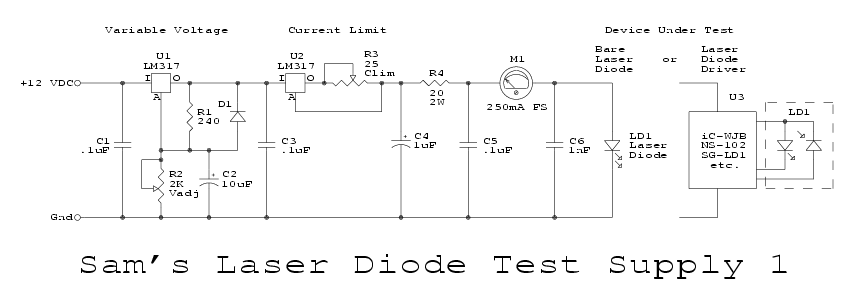^sry ur quite right about the chip ur using however most post on here about Vd are related to LM317, and im not sure anyone's questioning the low consumption of the lm1117 at about a volt.
draw as in current and yes its also temperature dependant.Me :P said:it looks to me the more you draw ..





